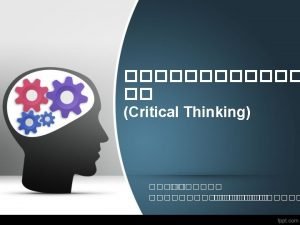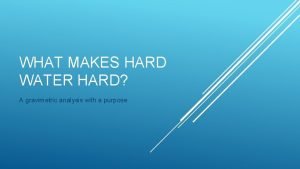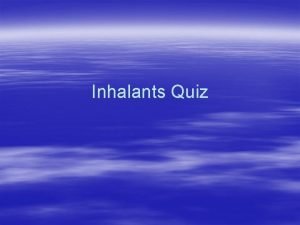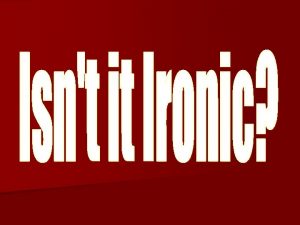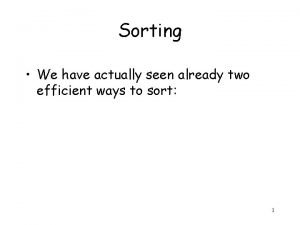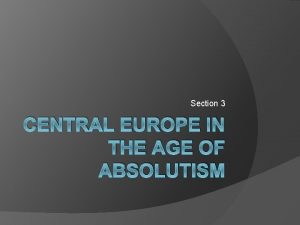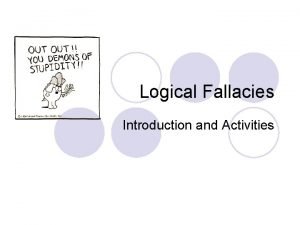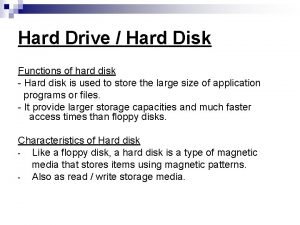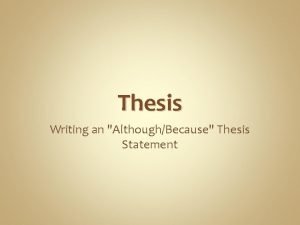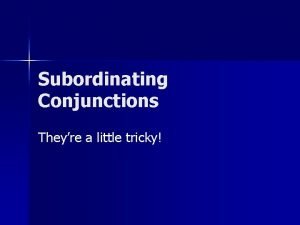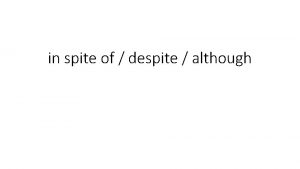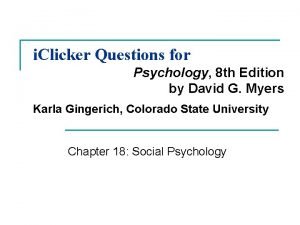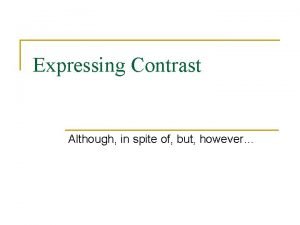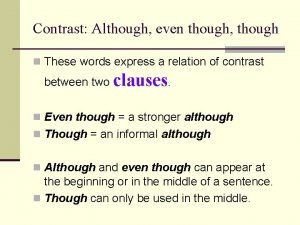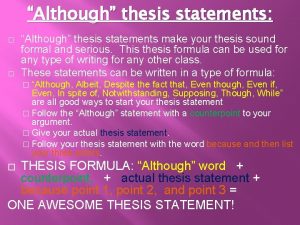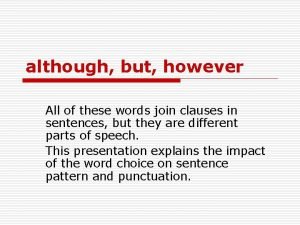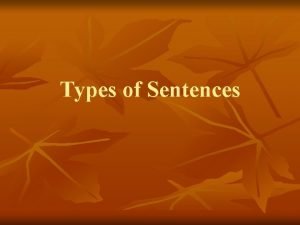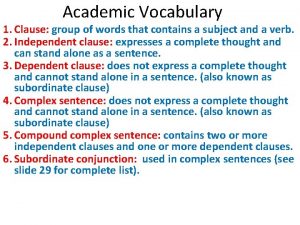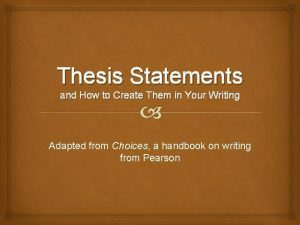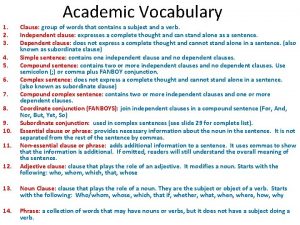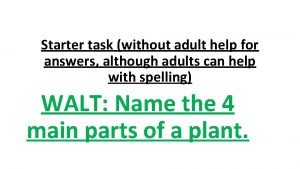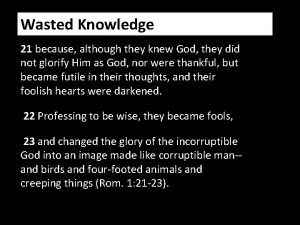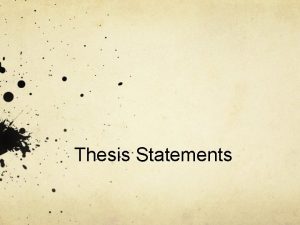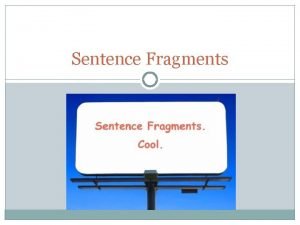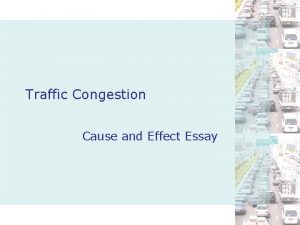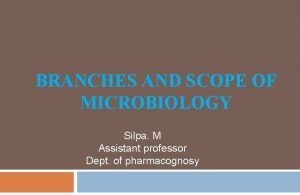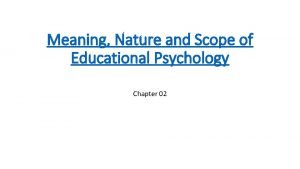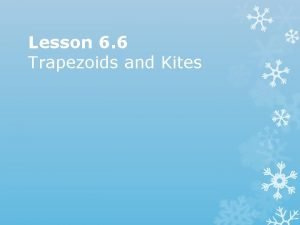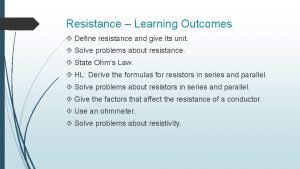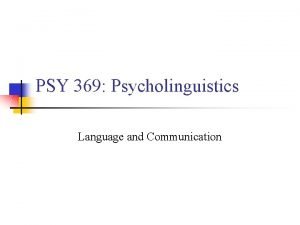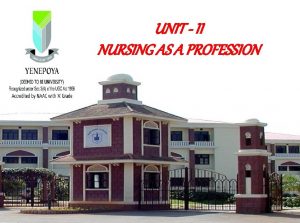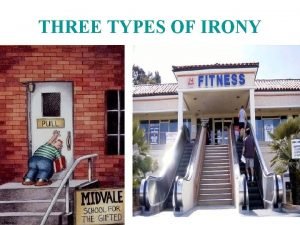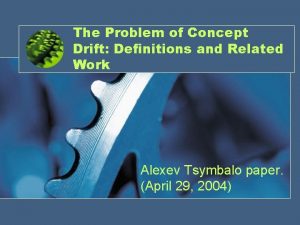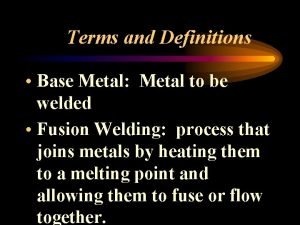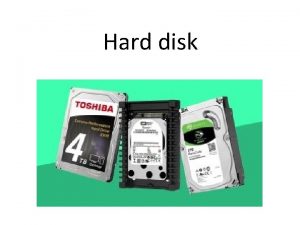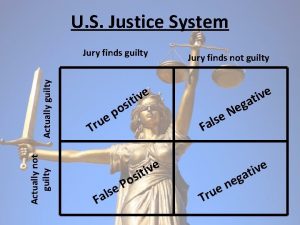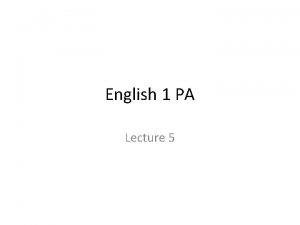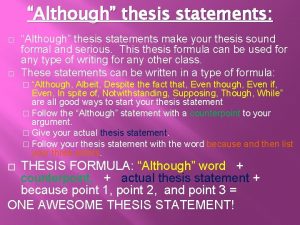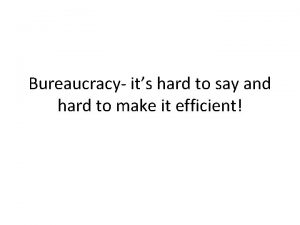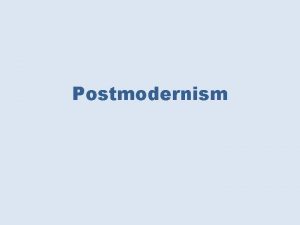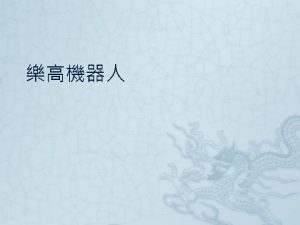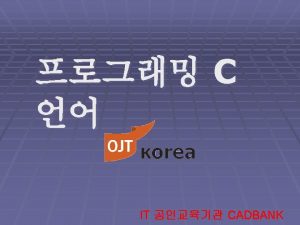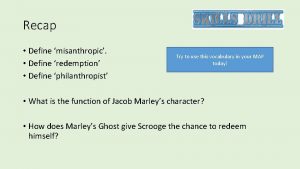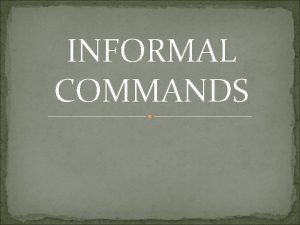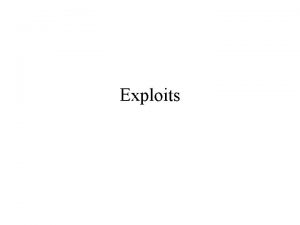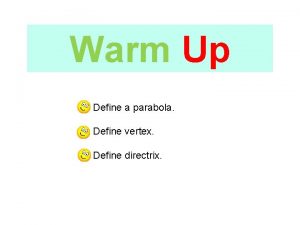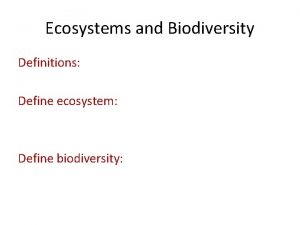Definitions Its hard to define actually Definitions Although




























































- Slides: 60


Definitions • It’s hard to define actually.

Definitions • Although there is some disagreement, there is considerable agreement among experts that critical thinking includes skills in applying, analyzing, and evaluating information (Ruminski & Hanks, 1995: 4) • Critical thinking involves ability in addition to certain dispositions. They are brought to bear in identifying a problem and its associated assumptions; clarifying and focusing the problem; and analyzing, understanding and making use of inferences, inductive and deductive logic, as well as judging the validity and reliability of the assumptions, sources of data or information available. Evaluation is seen as a core ability (Pithers & Soden, 2000: 239)


Definitions • Critical thinking is reflective and reasonable thinking that is focused on deciding what to believe or do (Ennis, 1985: 45). • Critical thinking as … (Moore, 2013) – – Judgment A skeptical and provisional view of knowledge A simple originality (Overlapping with creative thinking) A careful and sensitive reading text


Core Critical Thinking Skills

Core Critical Thinking Skills • • • Interpretation Analysis Evaluation Inference Explanation Self-regulation


Core Critical Thinking Skills • Interpretation – To comprehend and express the meaning or significance of a wide variety of experiences, situations, data, events, judgments, conventions, beliefs, rules, procedures, or criteria.


Core Critical Thinking Skills • Analysis – To identity the intended and actual inferential relationships among statements, questions, concepts, descriptions, or other forms of representation intended to express belief, judgment, experiences, reasons, information, or opinions.


Core Critical Thinking Skills • Evaluation – To assess the credibility of statements or other representations which are accounts or descriptions of a person’s perception, experience, situation, judgment, belief, or opinion; – To assess the logical strength of the actual or intended inferential relationships among statements, descriptions, questions, other forms of representation.


Core Critical Thinking Skills • Inference – To identify and secure elements needed to draw reasonable conclusions – To form conjectures and hypothesis – To consider relevant information – To educe the consequences flowing from data, statement, principles, evidence, judgement, beliefs, opinions, concepts, descriptions, questions, or other forms of representation.


Core Critical Thinking Skills • Explanation – To state and justify that reasoning in terms of the evidential, conceptual, methodological, criteriological, and contextual considerations upon which one’s results were based – To present one’s reasoning in the form of cogent arguments


Core Critical Thinking Skills • Self-regulation (Most remarkable) – To monitor one’s cognitive activities the elements used on those activities • Self-examination • Self-correction


Characteristics • Ideal critical thinkers have the ability to: – Focus on a question • Identify or formulate a question; • Identify or formulate criteria for judging possible answers; • Keep the question and situation in mind.


Characteristics • Ideal critical thinkers have the ability to: – Analyze arguments • • • Identify conclusions; Identify reasons or premises; Ascribe or identify simple assumptions; Identify and handle irrelevance; See the structure of an argument; Summarize.


Characteristics • Ideal critical thinkers have the ability to: – Ask and answer clarification and/or challenge questions such as • • • Why? What is your main point? What do you mean by? What would be an example? What would not be an example? How does that apply to this case? What difference does it make? What are the facts? Is this what you are saying: …. ? Would you say more about that?


Characteristics • Ideal critical thinkers have the ability to: – Judge the credibility of a source • • Expertise Lack of conflict of interest Agreement with other sources Reputation Use of established procedures Ability to give reasons (with evidences) Careful habits


Characteristics • Ideal critical thinkers have the ability to: – Observe and judge observation reports • • Minimal inferring involved Short time interval between observation and report Report by the observer, rather than someone else Provision of records Corroboration Good access Competent employment of technology used


Characteristics • Ideal critical thinkers have the ability to: – Deduce and judge deduction • Class logic • Conditional logic • Interpretation of logical terminology – – Negation and double negation Necessary and sufficient condition language Such words as “only”, “if and only if”, and “unless” Qualified deductive reasoning


Characteristics • Ideal critical thinkers have the ability to: – Make material inferences • To generalizations – – Typicality of data, including valid sampling Volume of instances Conformity of instances Having a principled way of deal with outlier


Characteristics • Ideal critical thinkers have the ability to: – Make material inferences • To Explanatory hypotheses – Major type of explanatory conclusion and hypotheses » Specific and general causal claims » Claims about the beliefs and attitude of people » Interpretations of authors’ intended meanings » Historical claims that certain thing happened


Characteristics • Ideal critical thinkers have the ability to: – Make material inferences • To Explanatory hypotheses – Characteristics investigative activities » Designing experiments » Seeking evidence and counterevidence » Seeking other possible explanations


Characteristics • Ideal critical thinkers have the ability to: – Make material inferences • Criteria – The proposed conclusion would explain or help explain the evidence – The proposed conclusion is consistent with all known facts – Competitive alternative explanations are inconsistent with facts – A competent sincere effort has been made to find supporting and opposing data and alternative hypotheses – The proposed conclusion seems plausible and simple, fitting into the broader picture.


Characteristics • Ideal critical thinkers have the ability to: – Make and judge value judgments • Background facts • Consequence of accepting or rejecting the judgement • Alternative • Balancing, weighting, deciding


Characteristics • Ideal critical thinkers have the ability to: – Define terms and judge definitions using appropriate criteria – Attribute unstated assumptions – Consider and reason from premises, reasons, assumptions, positions, and other propositions with which they disagree or about which they are in doubt, without letting the disagreement or doubt interfere with their thinking. – Integrate the dispositions and other ability in making and defending a decision.


Characteristics • Ideal critical thinkers are disposed to: – Care that their beliefs be true and that their decisions be justified • Seek alternative hypotheses, explanations, conclusion plans, sources and be open to them • Consider seriously other points of view that their own • Try to be well informed • Endorse a position only to the extent that it is justified by information that is available • Use their critical thinking ability


Characteristics • Ideal critical thinkers are disposed to: – Care to understand present a position honestly and clearly, theirs as well as others • Discover and listen to others’ view and reasons • Be clear about the intended meaning of what is said, written, or otherwise communicated, seeking as mush precision as the situation requires • Determine and maintain focus on the conclusion or question • Seek and offer reasons • Take into account the total situation • Be reflectively aware of their own basic beliefs


Characteristics • Ideal critical thinkers are disposed to: – Care about every person • Avoid intimidating or confusing others with their critical thinking prowess, taking into account others’ feelings and level of understanding • Are concerned about others’ welfare.


Developmental Model

Recommended Practices • Teaching is more than a set of methods. • It needs practices.

Recommended Practices • Ask questions that invite more than one plausible answer. • Provide wait time after asking a question to give less confident students an opportunity to formulate their responses. • Ask follow-up questions, such as, “What can you add? ” “What is your opinion, Luecha? ” • Provide feedback that neither confirms nor denies student responses, Then the discussion remains open. Examples are: “Interesting” “I hadn’t though about that before? ” • Request a summary. “Who can make Rungtiwa’s point in different words? ” • Survey the other students. “Who agrees with Lamyai? ” Who disagrees? Why?


Recommended Practices • Encourage students to direct questions to other students. “Ask Jakkrit if he can add something to your response. ” • Use think-aloud. “How did you figure out that answer? ” • Call on all students, not only those who raise their hands. But move on quickly if a student chooses not to answer. • Alert the students to possible answers. “There are many possible answers to this question. ” • Change the perspective. “How would you feel about your answer if you were …? ” • Image. “What would happen if …? ” • Relate the response to something else. “How is Wilaiporn’s response similar to …? ” “How is it different? ” • Transform the response in some way. “What is we combine Sanit’s idea with Amornrat’s idea? ”


Classroom Environment • Teachers and students’ hare responsibility for the classroom climate. • Teachers model thinking for students and support students as they share their thinking strategies. • There is an atmosphere of inquiry and openness. • Students are given support, but just the right amount of it. • The arrangement of the space makes it easy and natural for the students to work together and talk to each other.


Example of Teaching Practices • Learning to teach in a new way is like learning a new move in sports—you have to see it done, try it out in front of someone who knows how to do it, and get suggestions to improve your performance. • Choose one to practice with your classmates.
 Critical thinking definition
Critical thinking definition T.me/makeshard
T.me/makeshard Work hard play hard make history
Work hard play hard make history Hard times hard drive
Hard times hard drive Chapter 8 summary of the great gatsby
Chapter 8 summary of the great gatsby The inhalant nitrous oxide can rob the body of
The inhalant nitrous oxide can rob the body of What are three different processes of the shampoo service
What are three different processes of the shampoo service Real and ideal self concepts
Real and ideal self concepts The contrast between what happens and what was expected
The contrast between what happens and what was expected Reverse image search
Reverse image search Indirect form of solar energy
Indirect form of solar energy Actually that was america
Actually that was america Foreign synoynm
Foreign synoynm This restates the argument rather than actually proving it
This restates the argument rather than actually proving it Hard drive uses and functions
Hard drive uses and functions Goodbye to you my friend
Goodbye to you my friend Plate process soft gelatin capsules
Plate process soft gelatin capsules What are hard news
What are hard news They accuse me of being dark in their free city
They accuse me of being dark in their free city When a train increases its velocity its momentum
When a train increases its velocity its momentum Sunny cloudy rainy windy
Sunny cloudy rainy windy If its square its a sonnet summary
If its square its a sonnet summary Its halloween its halloween the moon is full and bright
Its halloween its halloween the moon is full and bright Its not easy but its worth it
Its not easy but its worth it Although because thesis statement
Although because thesis statement What are the subordinating conjunctions
What are the subordinating conjunctions The moon is faithful although blind
The moon is faithful although blind Although in the middle of the sentence
Although in the middle of the sentence Despite although
Despite although Social facilitation example psychology
Social facilitation example psychology Although contrast
Although contrast Even though i walk through
Even though i walk through Is even though a contrast word
Is even though a contrast word Similarities and contrast
Similarities and contrast Although thesis statement
Although thesis statement But however
But however Area in a sentence
Area in a sentence Thamo conjunctions
Thamo conjunctions Although it was raining maria went for a jog at the park
Although it was raining maria went for a jog at the park Although thesis statement
Although thesis statement Juan continued playing although he injured his knee
Juan continued playing although he injured his knee Although
Although For though we walk in the flesh
For though we walk in the flesh Eating habits synonym
Eating habits synonym Although they knew god they did not glorify him
Although they knew god they did not glorify him Thesis staement
Thesis staement Although he had been an often decorated soldier
Although he had been an often decorated soldier Effects of traffic jam essay
Effects of traffic jam essay Although nobody can prevent
Although nobody can prevent Factors affecting facility layout
Factors affecting facility layout Scope of micro biology
Scope of micro biology Briefly discuss nature and scope of education psychology
Briefly discuss nature and scope of education psychology Lesson 6-6 trapezoids and kites answers
Lesson 6-6 trapezoids and kites answers Chemique meaning in psychology
Chemique meaning in psychology Define resistance and its unit
Define resistance and its unit Psy369
Psy369 Nursing profession definition
Nursing profession definition Dramatic irony in julius caesar
Dramatic irony in julius caesar The problem of concept drift: definitions and related work
The problem of concept drift: definitions and related work The correct shutoff procedure for an oxyacetylene torch is:
The correct shutoff procedure for an oxyacetylene torch is: Cheek cut rafter
Cheek cut rafter
